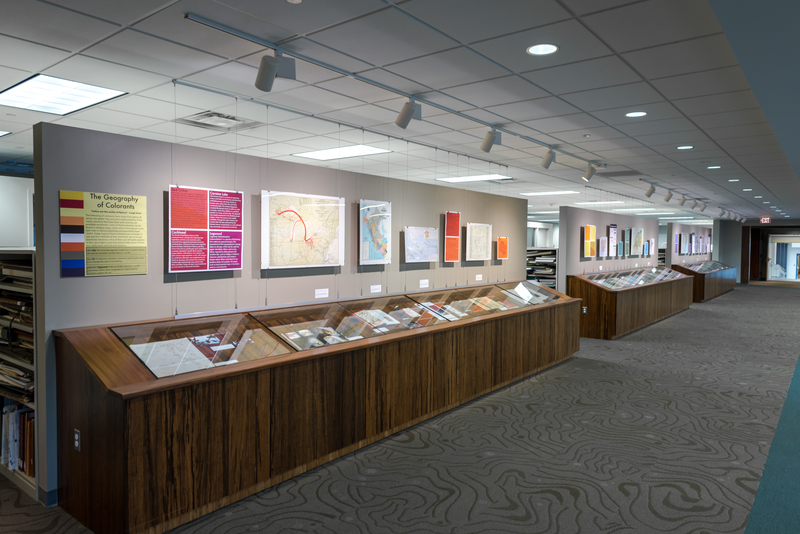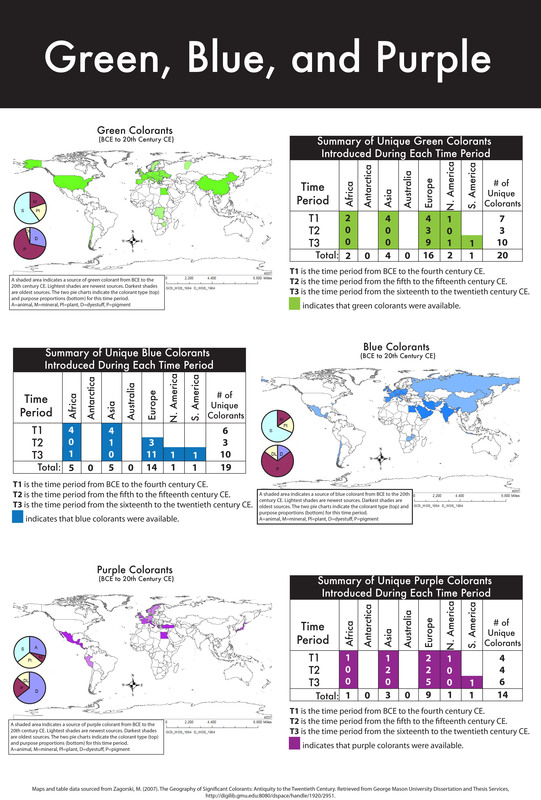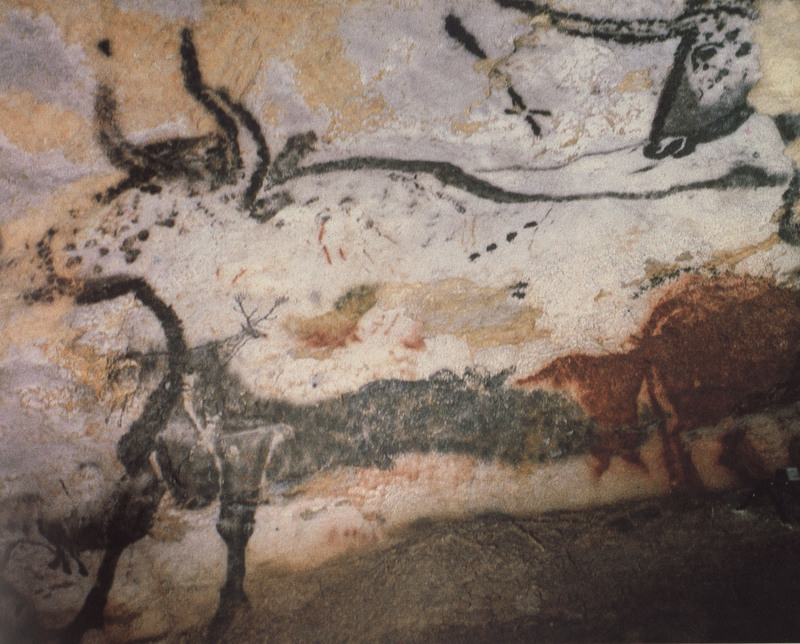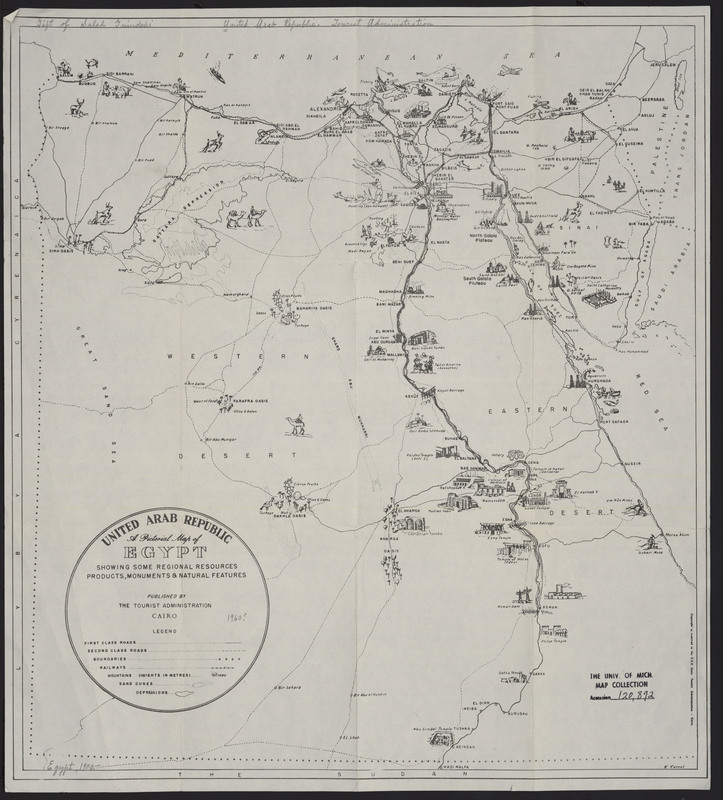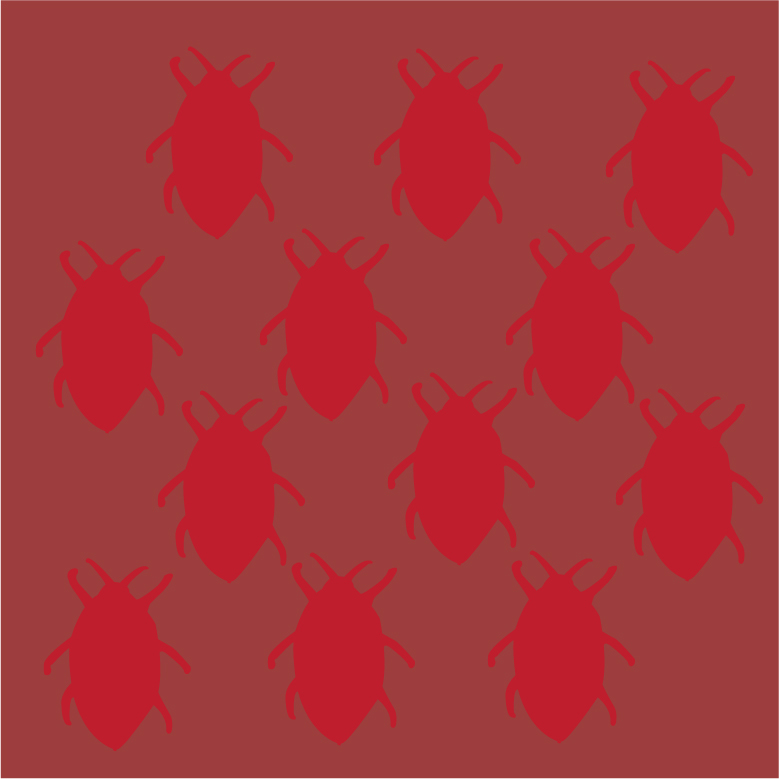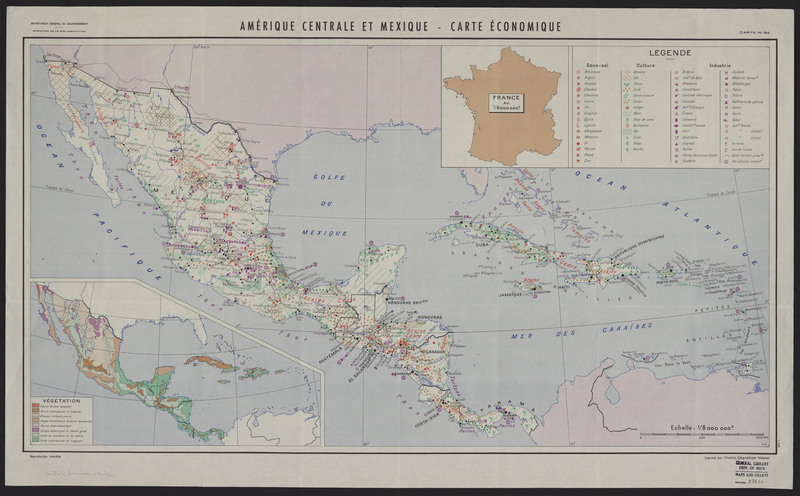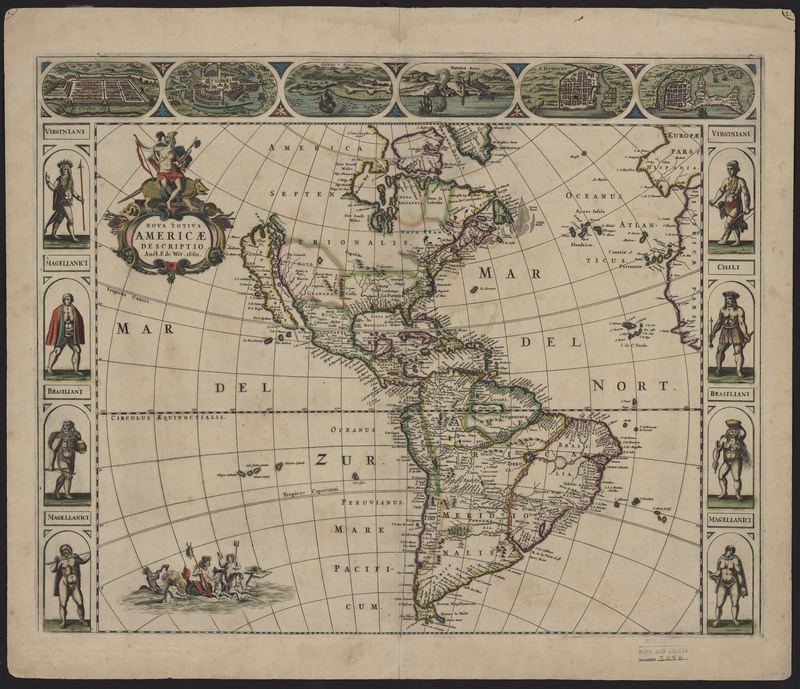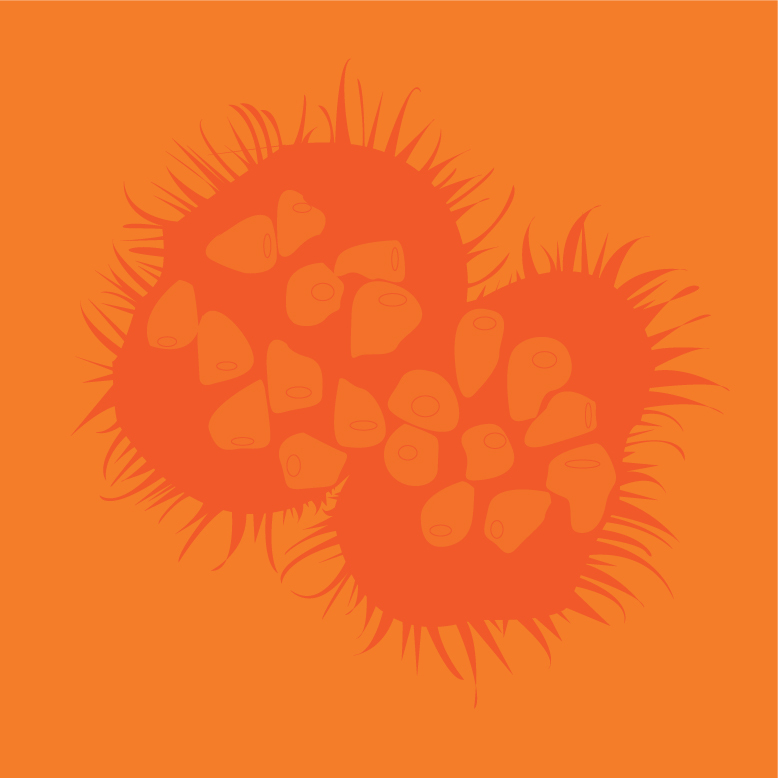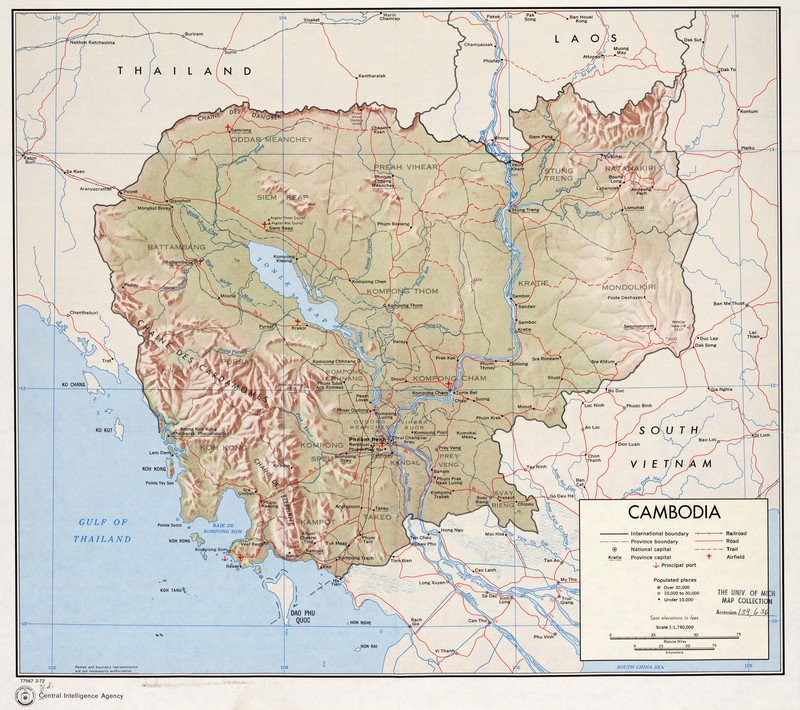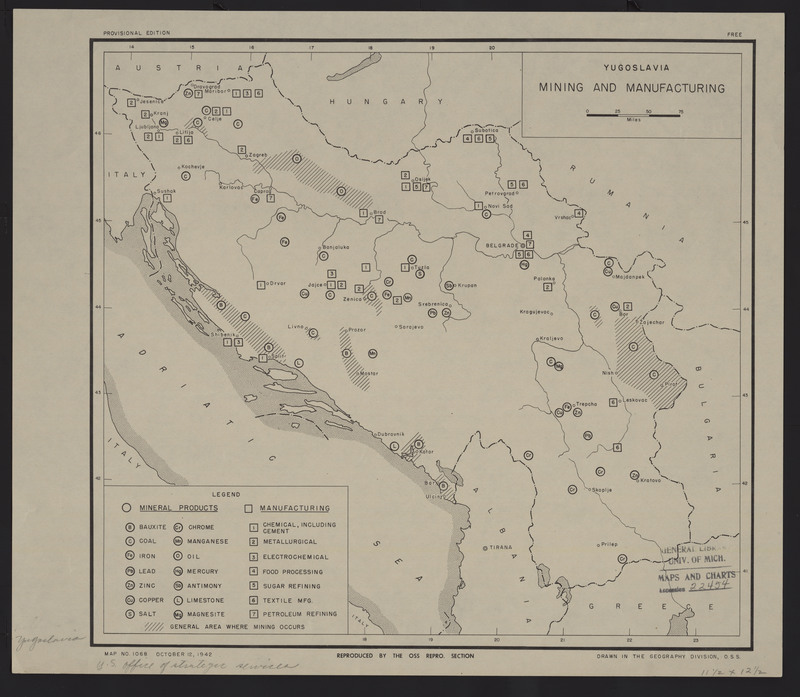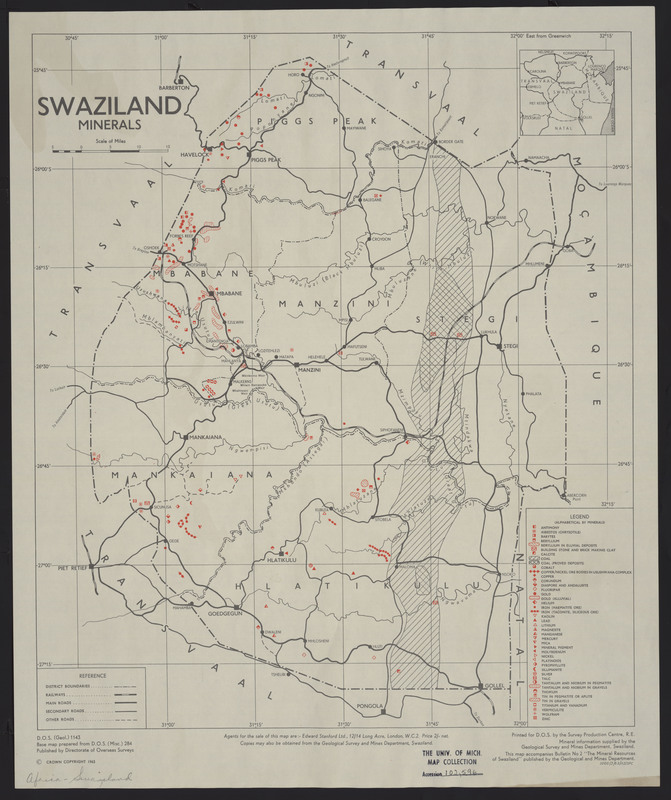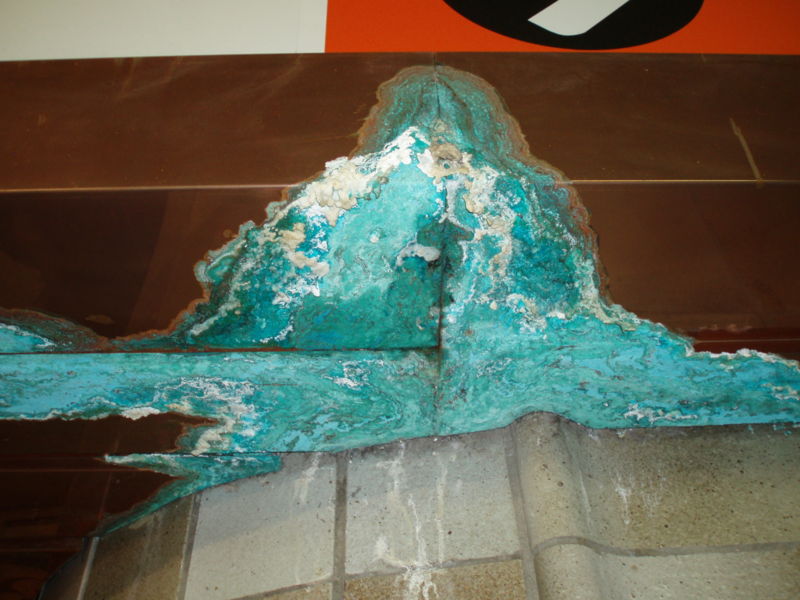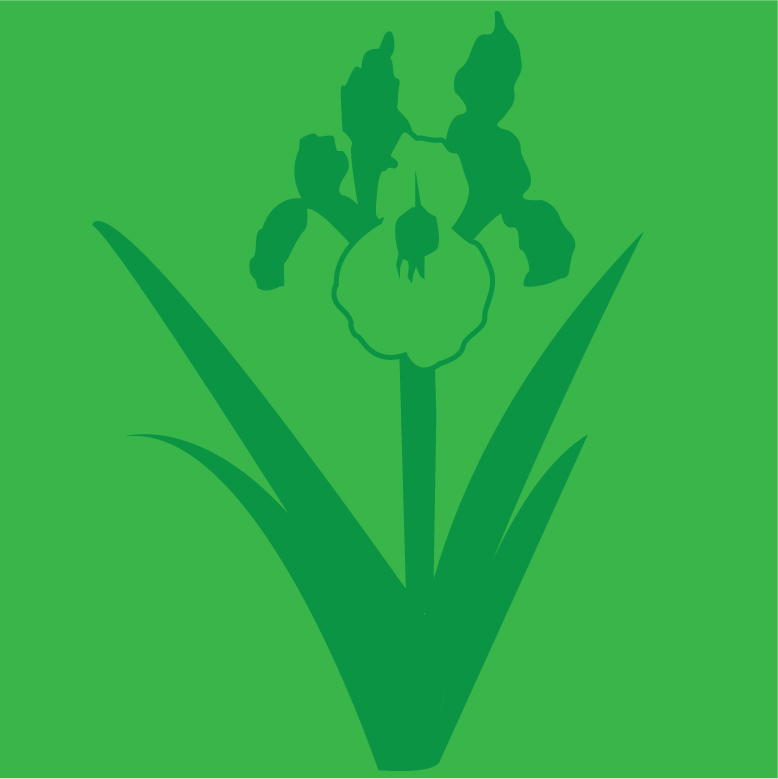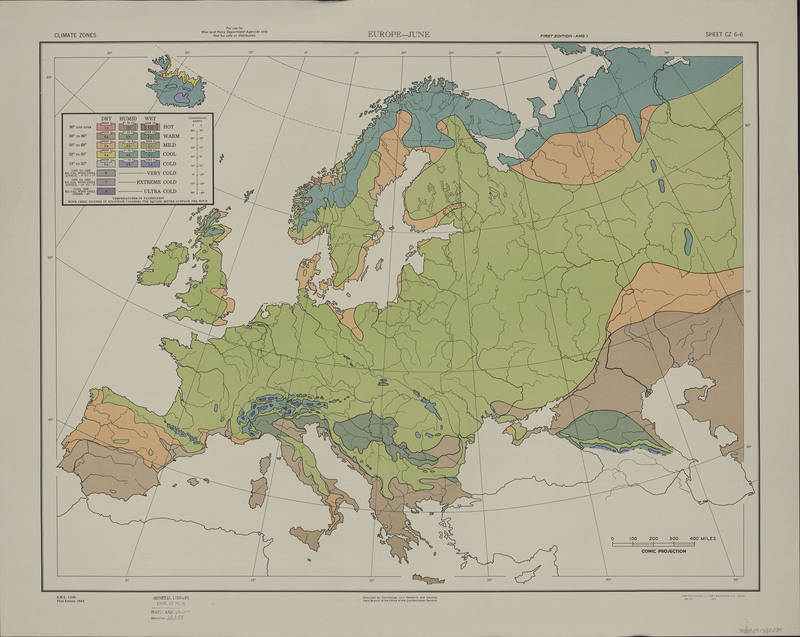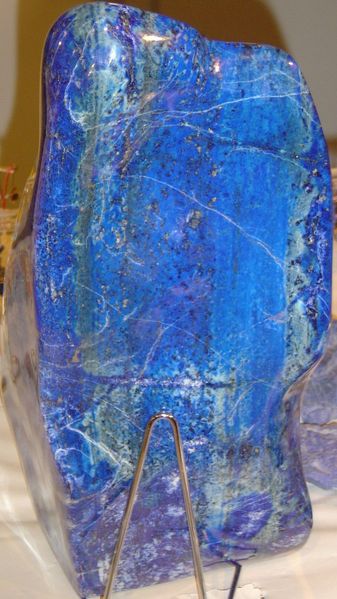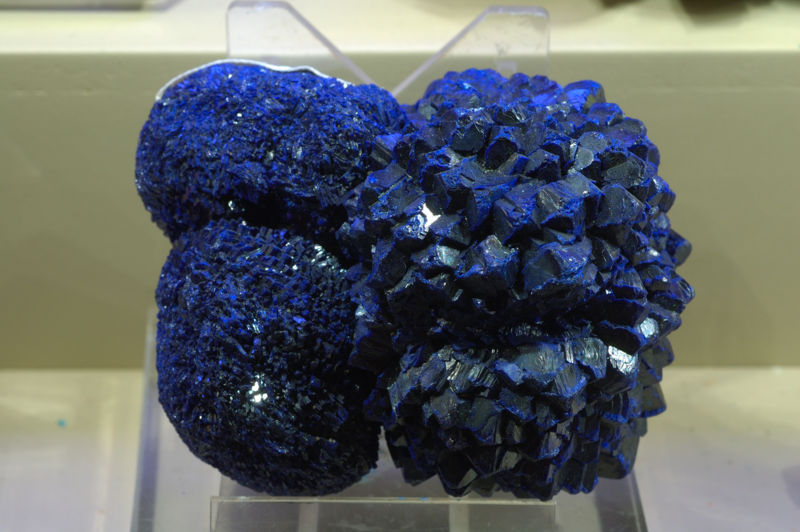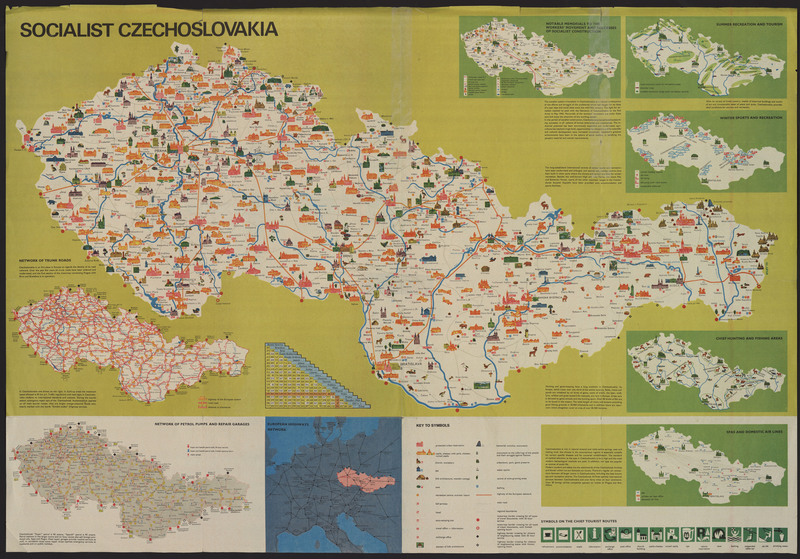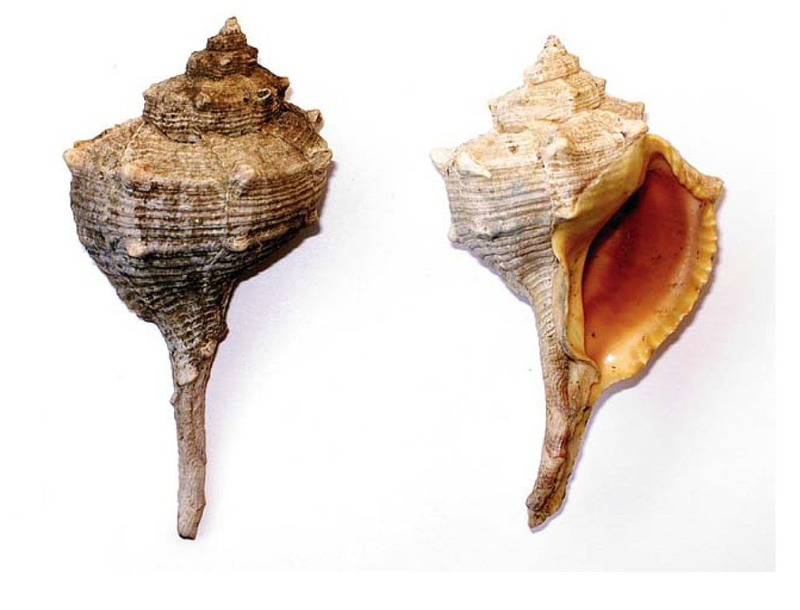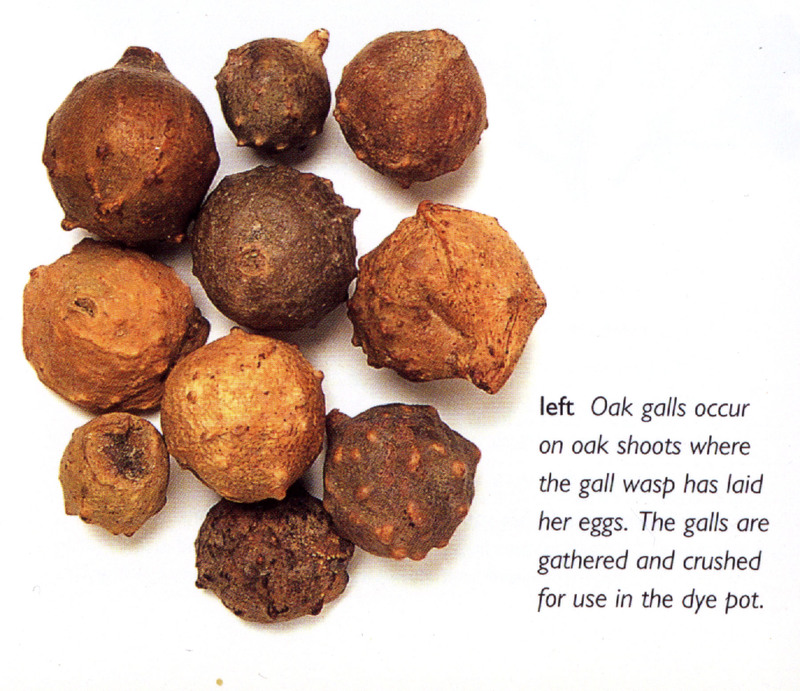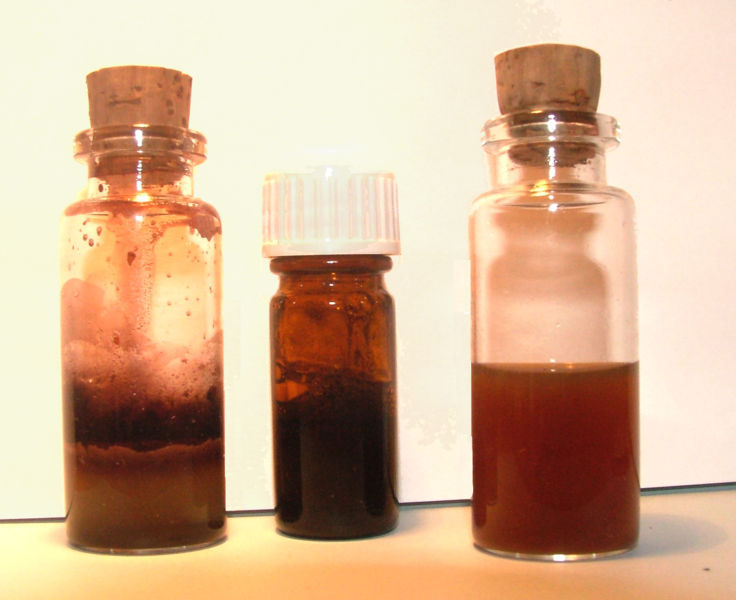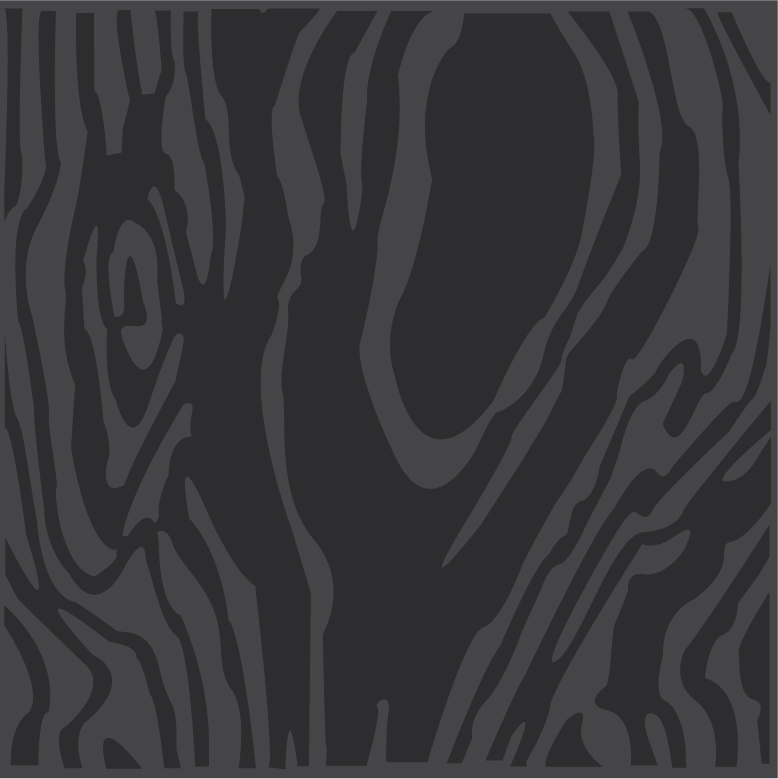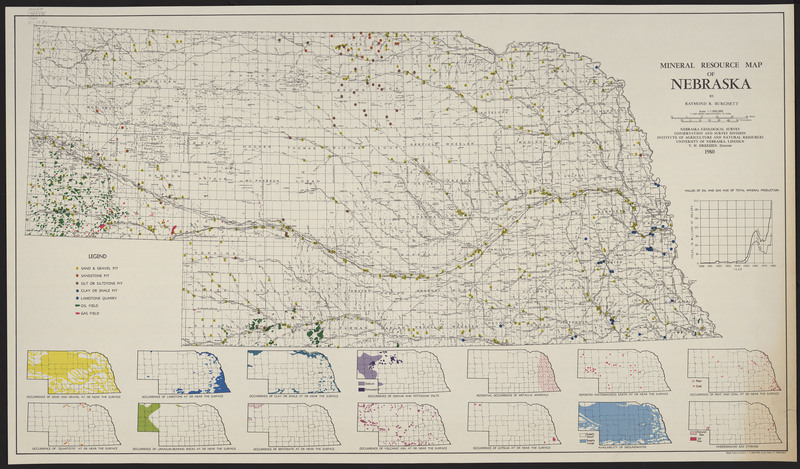Colors From Around the World
The following colorants have come from places all across the globe. They are just a small sampling of the many colorants that have been and currently are available worldwide. Some of these colorants can be found in antique maps, while others have played important roles in famous paintings and beautifully dyed cloths. Today many of these colorants are no longer in use and the methods of their extraction are no longer practiced. However, a few of them are still quite popular; in fact, you might come into contact with some of these colorants on a daily basis and not even know it.
lake /lāk/ An insoluable pigment made from a soluable organic dye and an insoluable mordant base or carrier.
dye /dī/ A natural or synthetic substance used to add a color to or change the color of something.
pigment /ˈpigmənt/ A dry insoluable substance, usually pulverized, which when suspended in a liquid vehicle becomes a paint, ink, etc.
Red Colorants
Red Ochre
Red Ochre is an earth pigment containing iron molecules.“The iron molecules in red ochre paint align themselves with magnetic north and when the paint has dried, the direction of the iron molecules can be used to date any artwork that is still in the exact location in which it was first painted (i.e. frescos)" (Zagorski, 2007). Red Ochre has been mined in many places, most notably Western and Southern Australia, Spain, Roussillon and Luberon in France, the Tuscany region of Italy, and the Great Lakes Region in the United States. In ancient times, red ochre was used in religious ceremonies, including burials. Because red ochre is non-toxic it has a history of being used as body paint in many cultures.
Zagorski, M. (2007). The Geography of Significant Colorants: Antiquity to the Twentieth Century. Retrieved from George Mason University Dissertation and Thesis Services. http://digilib.gmu.edu:8080/dspace/handle/1920/2951Carmine Lake
The kermes insect is a cousin of cochineal. It lives and feeds on the leaves and branches of Mediterranean oak trees, known as kermes oaks, rather than cacti that cochineal prefer. The Ancient Egyptians crushed the kermes insect in to make a red dye, which they added to a colorless powder to create carmine lake. The dyestuff was largely produced in the Mediterranean region, where the insects were readily available. Though the color crimson was named after the dye produced by the kermes insect, its popularity as a red colorant was eventually surpassed by cochineal.
Cochineal
The female Dactylopius coccus, or the cochineal insect, contains the important dye ingredient carminic acid. Carminic acid is extracted from egg bearing female insects by crushing them. Cochineal insects were originally found and later cultivated in Mexico and Peru, where they feed on prickly pear cacti. Cochineal is currently cultivated in South Africa and the Canary Islands, while Mexico, Peru, Bolivia and Chile remain major exporters. In the 19th century CE, cochineal cultivation was established by the Dutch on Japanese soil to boost their economy. Traditionally cochineal dye was used to color fabric and fiber. Today, the dye is used worldwide as a red colorant in food and cosmetics.
More Red Colorants
Logwood
Logwood, Haematoxylum campechianum, is a species of flowering tree native to Central America. The heartwood of the tree produces a strong black or red dye, which can be used on paper and fabric. When used to dye fabric, logwood is often paired with another dye, such as indigo, in order to improve colorfastness and create a deeper black. When used alone it can produce deep rich purples. On paper, such as hand painted maps, it has been used as a red colorant.
Red Lead
Synthetic red lead is a colorant created by heating synthetic white lead. The resulting pigment produces a dark, opaque red that was popular for use in the details of hand painted maps. Synthetic red lead is also known as minium, a name derived from the Minius river, where the lead originates. “Minium was so popular among Persian and Indian Mughal artists [of the Middle Ages] that their work became known as “miniatures”: the word is nothing to do with the size of their paintings" (Finlay, 2004).
Cinnabar & Vermillion
The mineral cinnabar is the natural form of the pigment called vermilion. Cinnabar was mined first in Spain then Mexico, Peru, Germany, Italy and the former Yugoslavia. Most recently, cinnabar has been mined in the United States to be used in manufacturing red paints. The names cinnabar and vermilion were once used interchangeably, but more recently vermilion has been accepted as the common name for this colorant. Vermilion can be used to make a range of orange and red hues, some of which can be found in antique, hand colored maps. The color produced on paper is a bright, clear red which is often paired with the darker, more opaque color from red lead.
Orange Colorants
Annatto
The annatto plant grows in South America, where it has a long history of being used to produce orange dye for fiber and fabric. The dye is extracted by grinding the dried seeds, or simmering them in water. Traditionally annatto seeds were pulped into a paste and used by native people of Central and South America as a body paint, as well as medicinally. Today annatto is used primarily as a food dye. In the United States dyes made from annatto are considered "natural," and show up in the ingredient lists of many orange colored natured food products.
Gold Leaf
"The craftsmen of the Middle Ages, unrestricted by laws protecting currency, made their gold leaf by hammering and hammering gold coins, transforming them into sheets so thin as to feel almost weightless. The slightest film of moisture will bind these delicate sheets to just about any surface. Glair, gum, honey, and plant juices were all used to stick gold leaf onto parchment" (Ball, 97-98). In antique maps, gold is used sparingly and for decoration, showing up in borders, illustrations and the rare significant detail. Gold is expensive, and when found on a map it is often an indication of the wealth of the map owner.
Ball, P., (2002), Bright Earth: Art and the Invention of Color, p. 97-98, New York: Farrar, Straus and Giroux.Yellow Colorants
Gamboge
Harvested from the resin of the Garcinia hanburyi tree, Gamboge is a significant pigment used in paint. The pigment is dull and brown in color until it comes into contact with water, at which point a brilliant yellow is released. "Taking its name from Camboja, an old form of the name Cambodia, gamboge was imported by the East India Company from around 1615. The hard, mineral-like raw material fares best as a watercolor pigment, but like many organic colorants, it fades rapidly in bright light" (Ball, 139). The Garcinia hanburyi trees are tapped for sap, similar to maple trees. Because it takes many years for a significant amount of sap to accumulate, the resin sometimes acquires items from its surroundings. During recent violent times in Cambodia, imported gamboge was occasionally found to have bullets in it.
Ball, P., (2002), Bright Earth: Art and the Invention of Color, p. 139, New York: Farrar, Straus, and Giroux.Orpiment
Orpiment is a highly toxic mineral containing arsenic. As a pigment, it produces a brilliant yellow. The contrast between bright, clear orpiment and the darker, muddy, yellows available at the same time put orpiment in high demand. "Orpiment was often a suggestive stand-in for gold, particularly in its sparkling mineral form. Its very name recalls this connection: auripigmentum, "color of gold." The ancients fostered the idea that orpiment contained gold itself. Ancient author Pliny says that the Roman emperor Caligula extracted gold from the natural mineral form of orpiment. Due to its toxic nature, it is not surprising the Romans used slave labor to mine it from the earth" (Ball, 100). In modern times, orpiment is still mined in the United States, though its popularity has decreased considerably since the invention of other, less toxic yellows.
Ball, P., (2002), Bright Earth: Art and the Invention of Color, p. 100, New York: Farrar, Straus and Giroux.Yellow Ochre
Like red ochre, yellow ochre is an earth pigment, mined worldwide. Yellow ochre has been used by humans as paint for tens of thousands of years. "In Swaziland's Bomvu Ridge, archaeologist's have discovered mines that were used at least forty thousand years ago to excavate red and yellow ochre pigments used for body painting. The word 'ochre' comes from the Greek meaning 'pale yellow,' but somewhere along the way the word shifted to suggest something more robust- something redder or browner or earthier" (Finlay, 26). Yellow ochre produces an opaque, muddy yellow. The clay is easy to grind and lends itself well to the manufacture of oil paints and watercolors.
Finlay, V. (2004), Color: A Natural History of the Palette, p.26, New York: Random House.Green Colorants
Green Earth
Green earths, also known as glauconites, celadonites, or chlorites, are rocks rich in green clay. The glauconites are formed in cold water sediments and are very abundant, especially in France. Pigment made from glauconites is popular for use in oil painting. Unlike glauconites, however, pure celadonite green earth is much less abundant, This puts it in much higher demand. "The exploitable veins of celadonite could be counted on one hand. Two were particularly well-known, one in Cyprus, where celadonite was mined by the ton until the 19th century, and one in Monte Baldo, near Verona" (Delamare, 28).
Delamare, F. & Guineau, B., (2000), Colors:The Story of Dyes and Pigments, p.28, New York: Harry N. Abrams, Inc.Verdigris
Verdigris is a green colorant made from the corrosion of copper. The copper used to produce verdigris came from Spain and Greece, with Cyprus being one of the best original sources. Verdigris was readily available in the fifteenth and sixteenth centuries, when it was used enthusiastically by artists and map makers alike, It can be used to produce an array of greens, greenish-browns and blues. The downside to verdigris is its corrosive nature, which continues to eat away at paper and canvas long after it is applied. Due to its accessibility and low cost, verdigris remained popular long after other, less destructive, green colorants were introduced.
Iris Green
Flowers are an excellent example of the diversity of colors found in nature and not surprisingly, have often been used to create dyes. During the Middles Ages, "Iris green, made from the juice of irish flowers, was mixed with water and possibly a thickener like alum and used for manuscript illumination" (Ball, 101). Iris Green was developed as a colorant due to the unpredictable and acidic nature of verdigris, and because it was used on paper manuscripts, it is possible that iris green was also used to color maps.
Ball, P., (2002), Bright Earth: Art and the Invention of Color, p. 101, New York: Farrar, Straus and Giroux.Robin Hood
In the Middle Ages green dyes were often made from leaves and berries, relying on chlorophyll to produce a muddy green that was not very colorfast. Quality green dyes were expensive and available only to the very wealthy. "Legend has it that Robin Hood wore green to show his Nottingham rivals that he was stealing from the rich to clothe the poor" (Zagorski).
Zagorski, M. (2007). The Geography of Significant Colorants: Antiquity to the Twentieth Century. Retrieved from George Mason University Dissertation and Thesis Services. http://digilib.gmu.edu:8080/dspace/handle/1920/2951Blue Colorants
Indigo
Plants containing the blue pigment found in the indigo species grow all over the world. However, two of these plants are particularly important. Indigofera tinctoria is native to India and Southeast Asia, while Indigofera suffruticosa is native Central and South America and the Caribbean Islands. Indigo was originally considered to have medicinal properties, and was popular cosmetic uses and for tattooing. Once discovered by European explorers, demand for indigo spread rapidly. In the early seventeenth century CE, the French started the West Indies indigo industry- on the islands of what is now Haiti. In the eighteenth century, Indigo was being cultivated in many places, including the new American colonies. Eliza Lucas, the wife of Lieutenant Colonel George Lucas, planted Indigofera suffruticosa seeds sent to her from the West Indies, and in 1744 their plantation produced the first crop of indigo in South Carolina. In order to produce a dye from indigo, the leaves of the plant must be fermented, after which they go through considerable processing. It may take as much as twenty tons of indigo leaves to produce one hundred pounds of dye powder, making indigo a costly dye to produce. Because of the cost and production time, most of the indigo dyes used today are synthetic.
Ultramarine
The Renaissance can easily be characterized as a time of discovery, when new thoughts and artistic endeavors were celebrated. Artists began making a variety of advancements and innovations with color and color technology, thus many new colorants were brought into use. "The most illustrious of these new pigments was the rich blue ultramarine. Made by a laborious process of crushing the semi precious stone lapis lazuli, it is likely that the process by which the blue pigment is extracted was an alchemical invention. Principal deposits of this mineral were found primarily in the East, particularly in Afghanistan" (Ball, 92). Since lapis lazuli was expensive, its particular shade of blue was limited to those who could afford it. Ultramarine blue is often found coloring the robes of the Virgin in churches that benefited from the wealth of their patrons.
Ball, P., (2002) Bright Earth: Art and the Invention of Color, p. 92, New York: Farrar, Straus and Giroux.Purple Colorants
Azurite
Azurite is a mineral composed of basic carbonate of copper. Though popular, the blue pigment made from azurte is chemically unstable and difficult to produce. Because of this instability, pigments made from azurite can easily change color from blue to green, or black. It is possible to adjust the hue of the pigment by altering how it is ground; the finer it is ground the lighter it becomes. "Less costly than lapis lazuli, Azurite sources were closer to home for the Western artist: there were deposits in eastern France, Hungary, Germany, and Spain during the Middle Ages. Albrecht Durer, like most of his compatriots, relied mostly on local azurite for his best blues" (Ball, 92). Long before Durer, azurite was used as a blue pigment by Ancient Egyptians.
Ball, P., (2002) Bright Earth: Art and the Invention of Color, p. 92, New York: Farra, Straus, and Giroux.Tyrian Purple
Tyrian purple is considered one of the most precious ancient dyestuffs. The dye was costly and labor intensive to produce and at times it was worth more than gold. Tyrian purple dye is made from a mixture of the secretions of two species of shellfish, the buccinum and the purpura, which are native to the Mediterranean Sea. The process, when done right, does not harm the shellfish. but takes considerable time and patience. The dye was produced in Asia Minor, and later by the Greeks. Mentions of Tyrian purple can be found in Homer's Iliad and Virgil's Aeneid.
Brown Colorants
Umber & Burnt Umber
Umber was important pigment used in European painting around the end of the 15th century. Umber contains manganese, which makes it darker than the browns produced by the ochres available at that time. "Some writers have assumed the name to be geographical derivation, like sienna, from Umbria in Italy. But 'umber' seems more likely to stem from the Latom ombra, or shadow and was imported mostly from Turkey rather than Italy" (Ball, 135). Though umber and burnt umber can be found in the oil paint section of any art store today, it is rare that the colors in those tubes are true umber. Most of the umbers available today are synthetic substitutes.
Ball, P., (2002), Bright Earth: Art and the Invention of Color, p. 135, New York: FarrSepia
Cuttlefish belong to the cephalopod family, the same as squids. Like squids, cuttlefish can secrete a brown colorant when they are frightened, and it is this colorant that is known as sepia. The grey brown pigment, extracted from the cuttlefish, produced such a color that it could be easily counterfeited with the use of chimney soot. They are native to the Mediterranean sea and the countries bordering the sea have long made brown writing ink from their secretions.
Black Colorants
Iron Gallonate
Inks and dyes made from oak galls can produce startlingly dark shades of black and deep, bluish browns. The galls themselves are formed when a female wasp lays her eggs in an oak shoot. The tree then forms a tannin rich, nut-like growth around the eggs, known as a gall. These galls can be harvested and made into a strong, brown fabric dye, or their tannins can be mixed with iron salts to produce the popular black ink known as iron gallotannate ink.
Soot Ink or Lampblack
"The most common carbon used for ink was lampblack, a soot produced by burning oils, tar, pitch, resin, or resinous woods" (Baker, 211). In early times, soot ink was produced in both China and Persia. "Both the Persians and Chinese thought it was desirable to have ink that not only travelled seductively across the paper, but which also smelled wonderful. So they would add perfumes, as they probably need the musk the most: sometimes the binding glue was from rhino horn or yak skin, but sometimes it was from fish intestines, and in its raw state must have been horribly smelly" (Finlay, 92-93). In the 19th century, lampblack was being made in America using natural gas. The resulting black color has a brownish tint and as a wash is a neutral grey. Bister is a similar colorant, made from the soot of burnt beech or birch trees. Bister does not produce a true black, but rather a dark grayish brown, which was popular among Baroque artists. Since bister was popular for use in manuscript illumination, it is possible that it was used in hand painted maps as well.
Baker, C., (2010), From the Hand to the Machine: Nineteenth-century American paper and mediums: technologies, materials, and conservation, p.211, Ann Arbor, Michigan: The Legacy Press.Finlay, V., (2004), Color: A Natural History of the Palette, p.92-93, New York: Random House.
Charcoal Black
Charcoal is an ancient drawing material, however, it wasn't produced in England until the mid-1950s. Charcoal is made from charred willow sticks. Farmer Percy Coate converted his business from growing willow for shipping baskets to growing willow for artists to be used as charcoal. He experimented with baking temperatures and durations in order to create one of the best and most well-known willow charcoals. "Today there is scarcely a classroom in Britain without a box of PH Coate's charcoal" (Finlay, 80).
Finlay, V., (2004), Color: A Natural History of the Palette, p.80, New York: Random House.White Colorants
Chalk
Chalk is a white mineral pigment composed of calcium carbonate. Chalk has been mined in many places, though northern France is thought to be the source of the finest chalk for artists. In addition to being used as a white pigment, artists would use ground chalk mixed with glue as a preparation for their papers. These coated papers later proved to be an excellent surface for printing. This technique of preparing paper with chalk was also used in mapmaking. Most recently, less fine chalk has been mined in Nebraska, Arkansas and Texas. Calcium carbonate is used as an extender in paints and is a main component in chalkboard chalk.
White Lead
"White lead is basic lead carbonate. Not until the 19th century was white lead superseded by newer synthetic products; before this, it was the only white pigment on the European palette for easel painting in oils" (Ball, 64-65). White lead has also historically been made in China and Greece and was used by the Ancient Egyptians. Though white lead was popular for use in paintings and as a white colorant in maps, it has a tendency to darken to orange, grey or black when kept in a sulphurous environment.
Ball, P., (2002) Bright Earth: Art and the Invention of Color, p. 64-65, New York: Farrar, Straus, and Giroux.

Maps Then and Now

About This Exhibit

